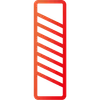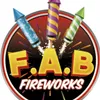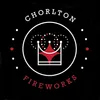Understanding Different Types of Fireworks
Fireworks, those brilliant bursts of colour lighting up the night sky, have fascinated us for centuries. We’ve spent years studying and appreciating the art and science behind these dazzling displays. From the humble sparkler to the grand finale on Bonfire Night, each firework has a story to tell, a history, and a unique design that makes it special. In this article, we'll delve into the captivating world of fireworks, exploring their rich history, the science that makes them possible, and the myriad types that add sparkle to our celebrations. We'll also touch upon their cultural significance around the globe and the crucial safety measures to keep in mind. So, whether you're a fellow enthusiast or simply curious, this comprehensive guide promises to illuminate the fascinating world of fireworks.
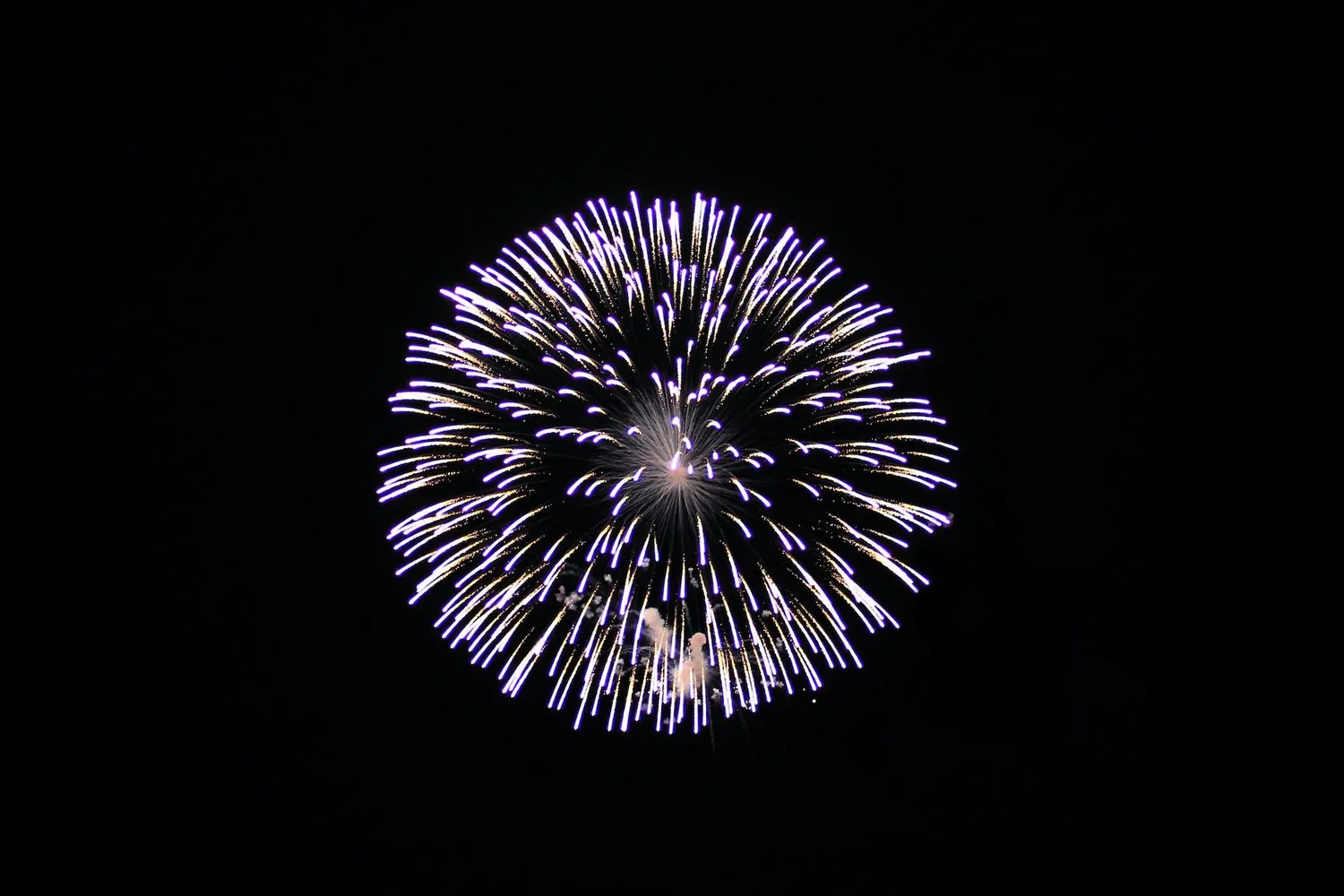
The Fascinating History of Fireworks
Origin of Fireworks
The story of fireworks begins over 2,000 years ago in ancient China. It's believed that the first natural "firecrackers" were bamboo stalks that would explode with a bang when thrown into a fire due to the overheating of the hollow air pockets in the bamboo. This accidental discovery led to the invention of the first man-made fireworks, where a black, flaky powder, the first "gunpowder", was poured into hollowed-out bamboo sticks.
Spread of Fireworks
From their birthplace in China, fireworks began to spread to the rest of the world. It's believed that Marco Polo transported this knowledge to Europe during one of his many trips to China in the 13th century. Fireworks were initially used to celebrate military victories and later in public celebrations and religious ceremonies. As Europeans began moving to North America, they brought with them the tradition of fireworks, making them an integral part of celebrations like the Fourth of July.
Evolution of Fireworks
Over the centuries, fireworks have evolved significantly. The modern fireworks that we know and love today were only invented in the 1830s. From the simple bamboo firecrackers of ancient China to the sophisticated pyrotechnic displays that light up our night skies today, the evolution of fireworks is a testament to human ingenuity and the love for spectacle.
What Each Type of Firework Does
How Fireworks Work
Fireworks are a marvel of engineering and chemistry. At their core, fireworks are essentially a controlled explosion contained within a shell. The shell is filled with small pellets, known as stars, which contain the compounds that produce the colours and effects we see. When the fuse is lit, it ignites a lifting charge that propels the firework into the sky. Once it reaches a certain height, a second fuse ignites the stars, creating the beautiful display we all enjoy.
The Chemistry of Fireworks
The chemistry of fireworks is a fascinating blend of several chemical reactions happening simultaneously. When a firework is ignited, the heat causes the metallic substances present in the stars to absorb energy, which they then release as light. Different metals produce different colors when they burn. For example, strontium burns red, copper burns green, and sodium burns yellow. These chemical reactions are what make fireworks so colourful and exciting.
Creating Colors in Fireworks
The colours in fireworks come from metal salts, which are made up of metal and non-metal atoms that create pure, intense colours when burned. Each colour works the same way. As different elements ignite, they release different wavelengths of light, which translate as different colours. For example, strontium and sodium produce brilliant orange, while a mixture of copper and strontium makes lavender. The art and science of creating colours in fireworks is a complex and fascinating process.
Choosing the Right Fireworks for You
Aerial Fireworks
Aerial fireworks are a spectacle to behold, lighting up the sky with their vibrant colours and patterns. They include rockets, which are propelled into the sky before exploding, and air bombs, which detonate with a loud bang and often release a shower of sparks. When discussing aerial fireworks, it's important to mention their safety aspects and the importance of professional handling.
Ground Fireworks
Ground fireworks provide a different kind of entertainment, with their effects taking place at ground level. Fountains, for example, emit showers of sparks upwards, while Catherine wheels spin around, producing a circular display of light. These types of fireworks are often used in smaller, more intimate settings, like gardens.
Explosive Fireworks
Explosive fireworks, such as firecrackers and mines, are known for their loud bangs and bursts of light. Firecrackers are small but powerful, often used in strings for a rapid-fire effect. Mines, on the other hand, shoot a cluster of stars or other effects from a single tube, creating a wide and impressive display.
Novelty Fireworks
Novelty fireworks are designed for fun and often have unique effects. Sparklers, for instance, are handheld fireworks that emit colourful sparks and are a favourite among children. Bamboo cannons, another example, use air pressure to create a loud bang and are a traditional form of firework in some cultures.
Speciality Fireworks
Speciality fireworks, such as cakes and barrages, are complex devices that can produce a variety of effects. Cakes fire multiple tubes with a single fuse, creating a series of explosions, while barrages are large fireworks that can contain hundreds of shots, providing a lengthy and impressive display. These types of fireworks are often the highlight of a professional firework show.
Remember, no matter what you're dealing with, firework safety should always be the top priority. Always follow the manufacturer's instructions and local laws when using fireworks. For a wide variety of fireworks, check out Chorlton Fireworks.
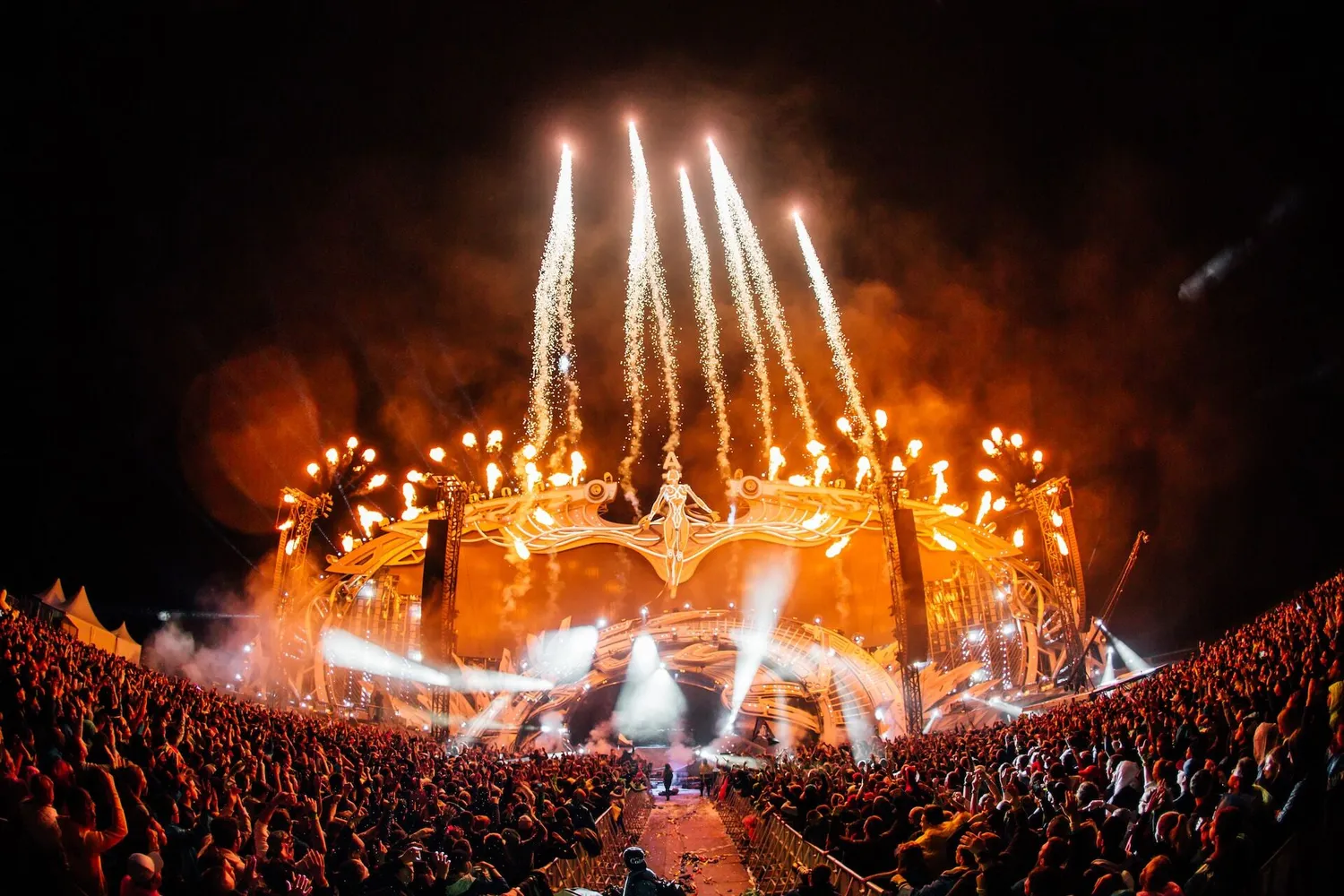
Fireworks Around the World
Fireworks in Asia
In Asia, fireworks are deeply embedded in cultural traditions and celebrations. For instance, in China, where fireworks were invented, they are an integral part of the Lunar New Year celebrations. Fireworks are believed to ward off evil spirits and bring good luck for the coming year. In Japan, fireworks, known as "hanabi," are a summer tradition. They are used in festivals called "hanabi taikai," which are some of the most attended events in the country. These displays are often synchronized with music and can last for up to two hours, creating a mesmerizing spectacle of light and sound.
Fireworks in Europe
In Europe, fireworks also hold a significant place in cultural celebrations. In the United Kingdom, for example, fireworks are a key part of Guy Fawkes Night, a historical commemoration of the failed Gunpowder Plot of 1605. In France, Bastille Day celebrations are marked by grand firework displays, most notably at the Eiffel Tower in Paris. Italy, known for its artistry, has a long history of creating elaborate firework displays, particularly in the south, where local festivals known as "festa" often feature fireworks.
Fireworks in the Americas
In the Americas, fireworks are synonymous with national celebrations. In the United States, the Fourth of July, or Independence Day, is celebrated with fireworks displays across the country. These displays are often accompanied by patriotic music, creating a deeply moving experience. In Latin America, fireworks are used in various cultural celebrations. In Mexico, for example, fireworks are used in religious festivals known as "fiestas patronales." In Brazil, New Year's Eve celebrations, especially in Rio de Janeiro, are renowned for their spectacular fireworks displays.
From Asia to Europe, and the Americas, the universal language of fireworks speaks to our shared love for spectacle and celebration. They light up our skies during our most joyous moments, creating memories that last a lifetime. As we continue to innovate and create more spectacular displays, one thing remains clear: fireworks, in all their forms, are a testament to human creativity and our enduring desire to celebrate life's special moments with a bang.
In this exploration, we've journeyed through the captivating world of fireworks. From their ancient origins in China to their scientific workings and the dazzling array of types available today, fireworks continue to fascinate us. We've delved into the mechanics and chemistry behind their vibrant displays and explored the wide variety of fireworks that light up our skies. We've also seen how fireworks are used in different cultures around the world, adding colour and excitement to celebrations from Asia to the Americas. Whether it's a small sparkler in the hand of a child or a grand display illuminating the night sky, fireworks are a testament to human creativity and our love for spectacle.
350 Barlow Moor Rd
Chorlton
Manchester, M21 8AZ
0161 881 3990
[email protected]








